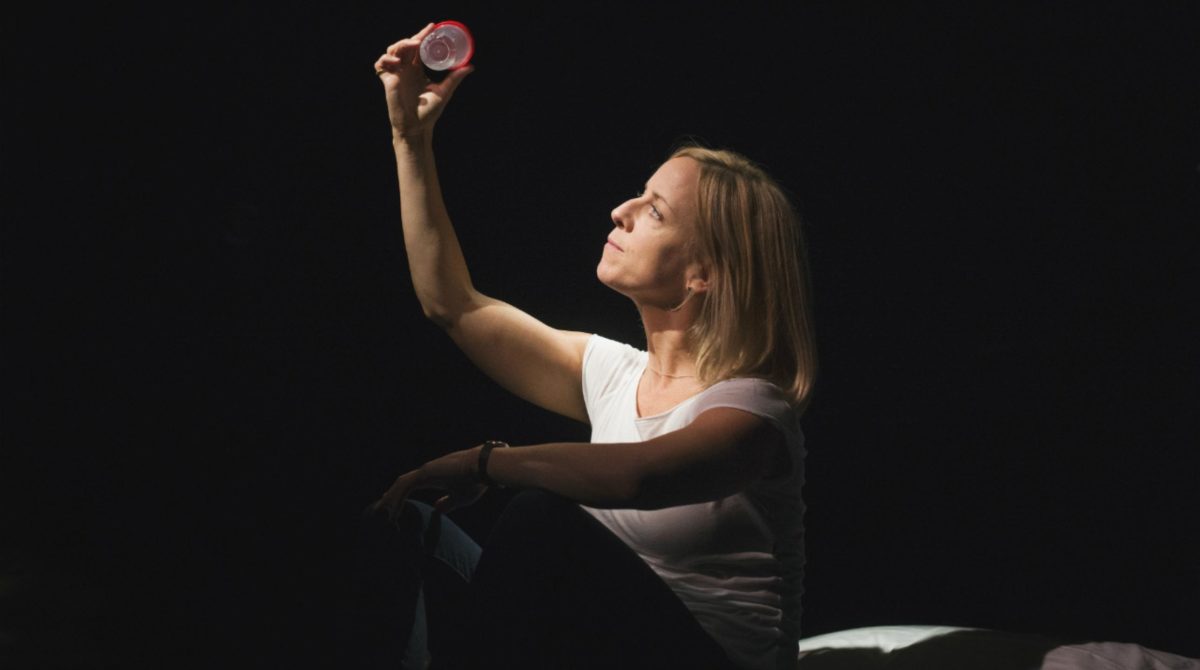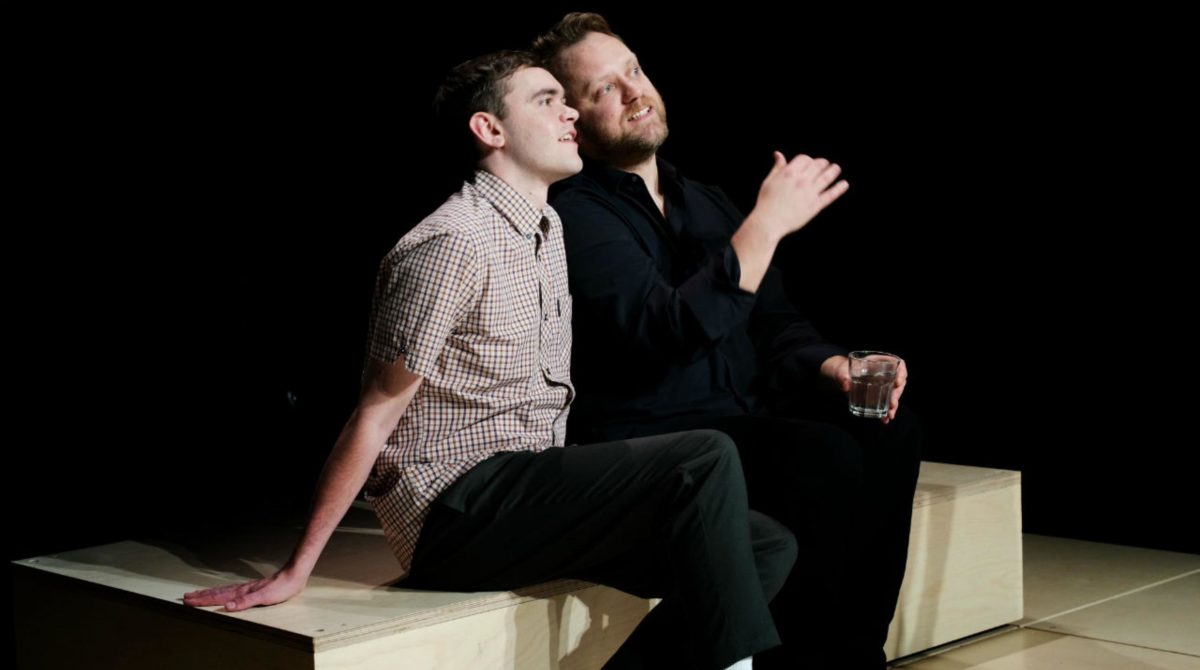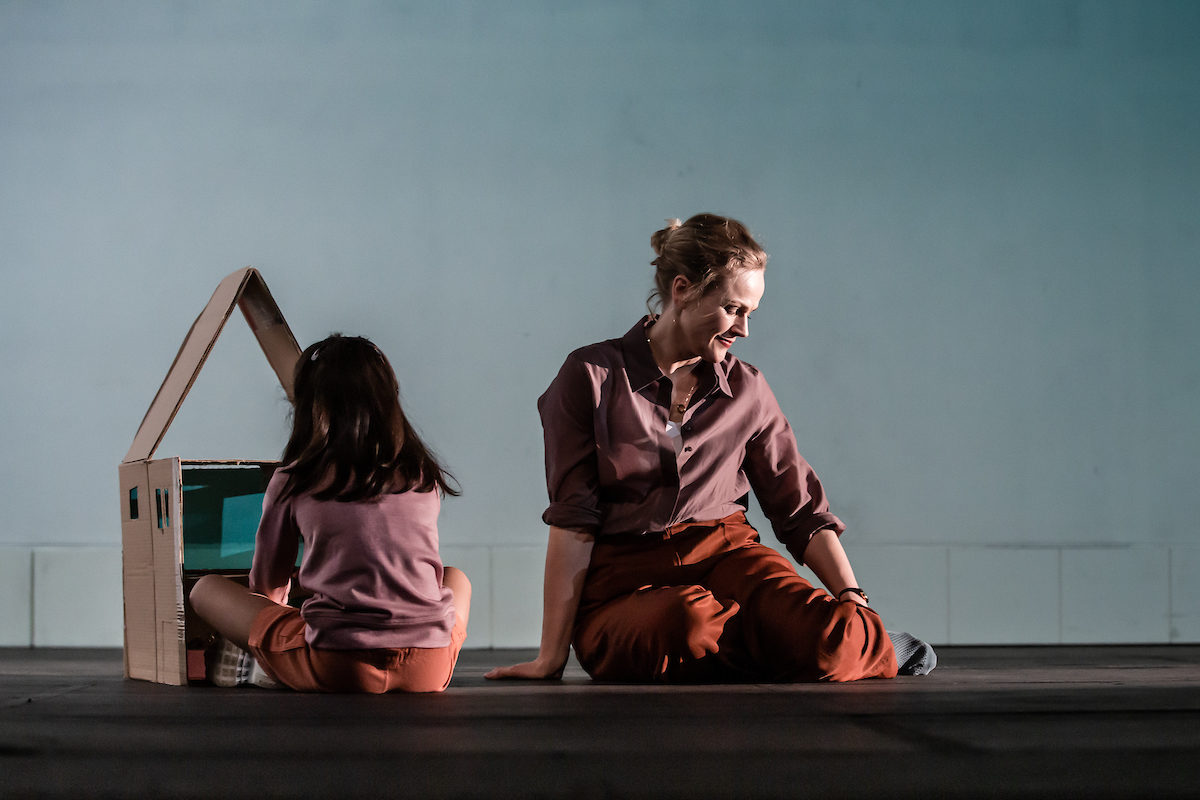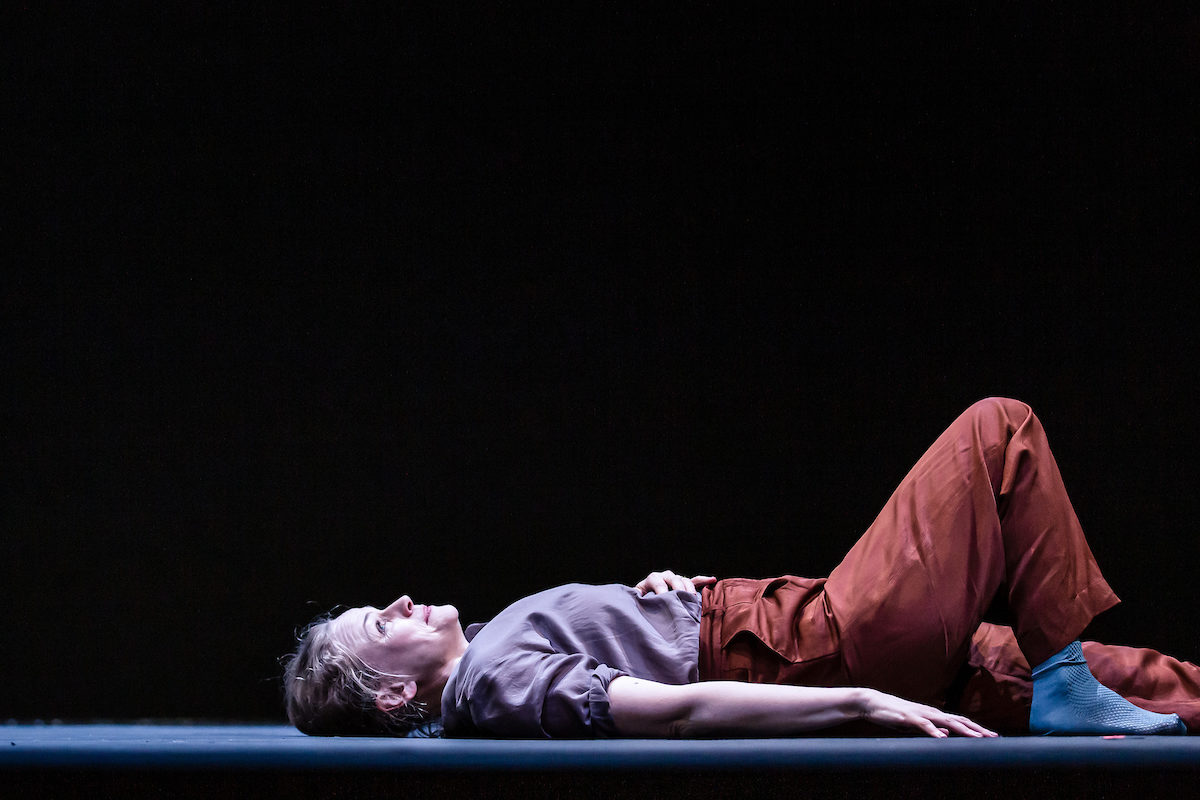
“Playing God”—the phrase, associated with in vitro fertilization—feels all sorts of unhelpful today; a hangover from an era when assisted reproductive technologies (ART) still felt like a frontier that led to territories unknown. It turns a scientific achievement into a supernatural feat and situates the parent-to-be in a superhuman position, placing the burden of hubristic guilt on their shoulders.
It’s time we rethought the vocabulary—forty years after Louise Brown was born (the first human being (or “Superbabe” as the Evening News hailed her), conceived via IVF. Roughly eight million babies have followed the path from petri dish to personhood in the years since. IVF can no longer be framed as a miracle of science, still less an act worthy of god. What if we reframed ART as art? It is, arguably, the ultimate creative act.
Three recent performances have, in part, done just that. It’s a byproduct of female artists opening up about fertility in their work. Their frame of reference is, understandably, very particular. But Nina Raine’s play Stories, seen at the National last year, Julia Leigh’s stage adaptation of her IVF memoir Avalanche: A Love Story and the mother-daughter dialogue Parenting After IVF: To the Moon and Back have all positioned the process in creative terms.
- Stories by Nina Raine at The National. Photography by Sarah M Lee
It is first worth pausing on the fact that they position the process in public at all. Family planning remains an intensely personal issue. Trying for a child, by any means, is something we tend to keep under wraps, but such is the stigma around infertility—still—that ART and IVF procedures are rarely discussed publicly, let alone portrayed. Accordingly, unless one has been through it oneself, it’s hard to know quite what IVF might entail—practically and physically, but also psychologically and emotionally. Art, therefore, has a vital role to play, and performance, in particular, can put the process on a platform that’s both public and personal.
“What if we reframed ART as art? It is, arguably, the ultimate creative act”
All three plays are, one way or another, rooted in personal experience. While Stories is spun into full-bodied fiction, Avanlanche opens Leigh’s memoir into a monologue and so places it at one remove. To the Moon and Back, however, is performed and owned by the individuals involved.
In Stories, a forty year-old writer, a single woman named Anna (Claudie Blakely) seeks a suitable, willing sperm donor in order to have her first child. From scanning online databases to soliciting friends, acquaintances and strangers, her search starts to resemble her storytelling.
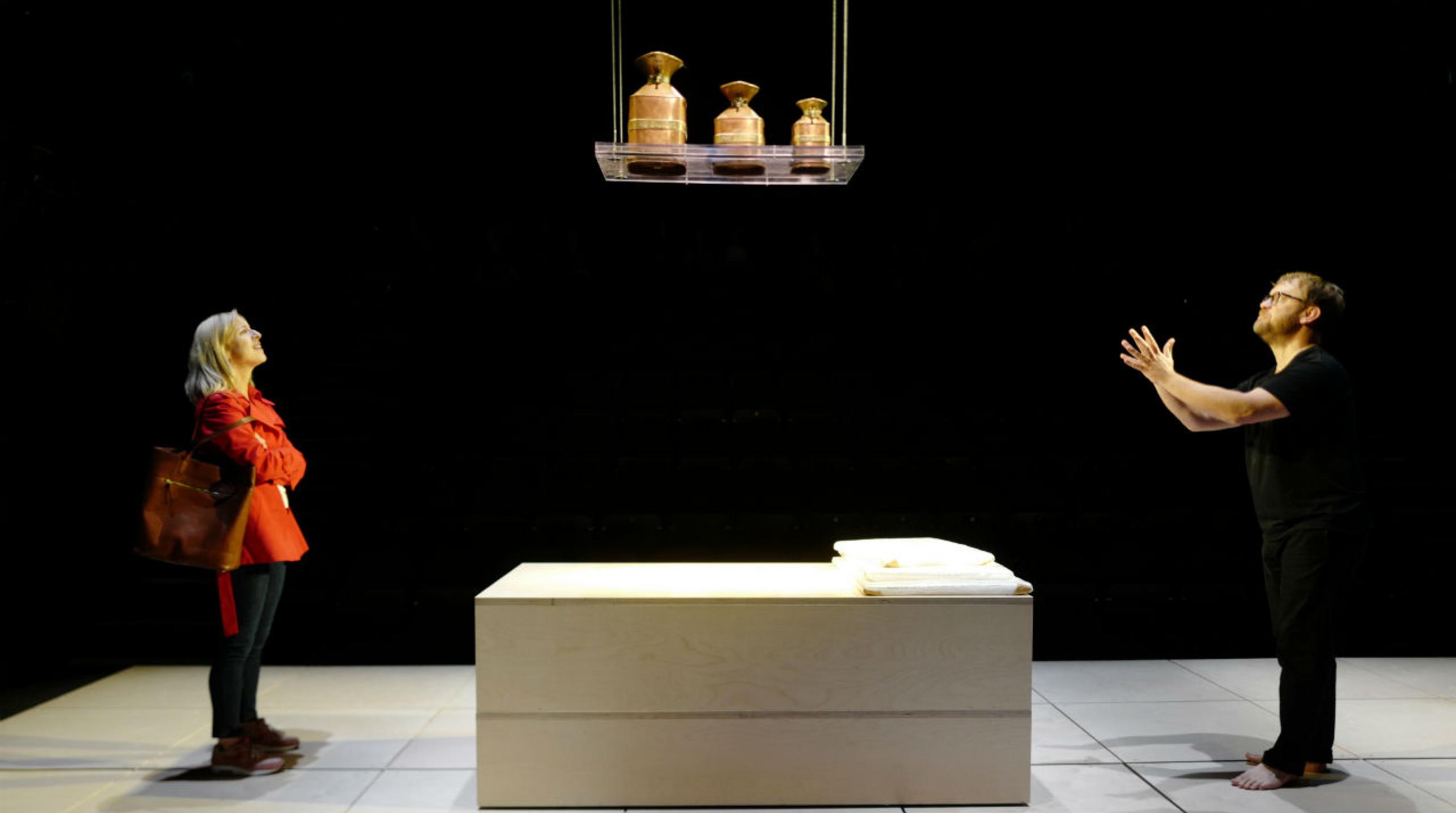
The skeleton of Raine’s play is, at heart, a series of meet cutes—boy meets girl to propose parenting a child. Each encounter becomes a possible beginning, the start of a story of somebody’s life, and with every potential partner played by the same actor, Sam Troughton—the weepy ex-boyfriend, the anal artiste, the party bro and so on—Raine underlines the contingencies of conception. These men were all, on some level, the same; their sperm merely a necessary component part. And yet, that they were all so different (sitcom stylee) seemed to hand Anna a degree of control, as if seeking the right cocktail of chromosomes to combine with her own. She was, in a sense, creating a character, not just a child. The whole process had become self-conscious somehow.
- Avalanche: A Love Story by Maxine Peake © The Other Richard
It’s an idea echoed in Avalanche too. Maxine Peake plays a rising filmmaker who at thirty-seven embarks on six unsuccessful rounds of IVF treatment, initially with her partner, eventually on her own. Slowly, surreptitiously, the process starts to take over her life, supplanting her work, as if a child is the one thing that would give her life purpose. It becomes a kind of addiction—a dream dangled by an unscrupulous clinic, where doctors stand to gain from sustaining hopes, however small, and cheerful receptionists and nurses offer encouraging smiles and keep their fingers crossed. Peake’s world, literally, starts to fall apart.
“Trying for a child, by any means, is something we tend to keep under wraps, but such is the stigma around infertility—still—that ART and IVF procedures are rarely discussed publicly”
Anne Louise-Sarks’s staging starts her in a barren white box that slowly rises into the rafters overhead. It seems to both shrink her, until she’s dwarfed by the space, and to sever her connection with the rest of the world. She ends adrift, in a black void, ashes drifting down from above.
It is undoubtedly a wrenching performance: a spiralling descent into a psychological purgatory. Leigh’s own text is agonisingly honest en route, detailing the obsessive ritual of nightly hormone injections, the faint hope of harvesting each new batch of eggs, the changes one’s body undergoes. Through it all Peake affixes this forced smile. It is as if her whole life has become a performance.
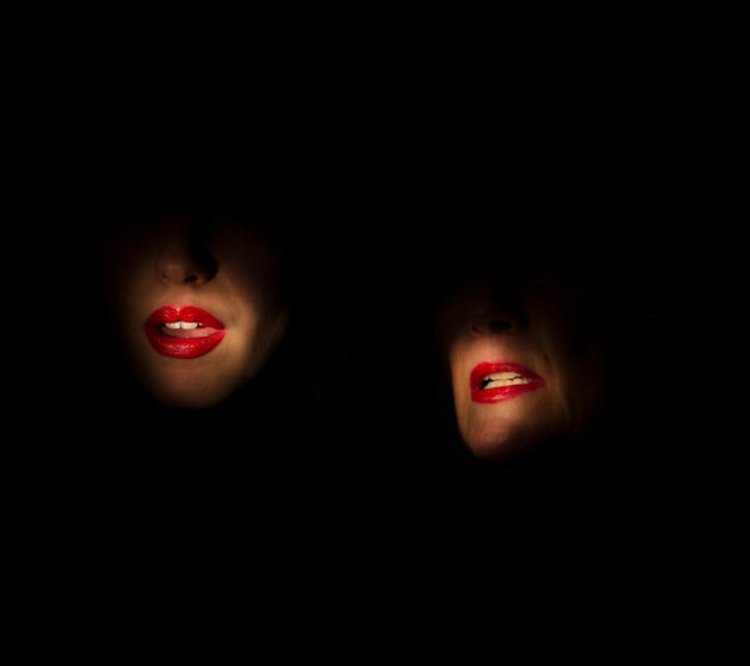
In a sense, To the Moon and Back is exactly that. Anna Furse and Nina Klaff sit side by side behind two mics on a desk, mother and daughter. Over a delicately thought, tender hour, they flick through a script that reflects on a relationship that began with a round of IVF. Again it is the personal details that ping out: a daughter who feels a duty to make her mother’s life feel complete, for instance, or the way motherly concern as her child starts smoking or drinking shifts when life itself seems such a precious thing. The honesty is arresting and, for the first time, I realized there are two perspectives at play: the IVF mother and the IVF child.
“At what point does the child become its own creator?”
Behind it, however, the notion of art creeps back in. Klaff piles up pieces of her childhood artwork—a lumpen, multi-coloured papier mache egg, then a straggly doll forged out of a loo roll holder. The implication is that this impulse, to create something life-like, finds an echo in adulthood and the desire to have a child. Furse, a theatremaker herself, sticks her scan of two matching embryos on the family fridge door like a drawing she did at school for display. Later she recalls working on a performance lecture about artist mums only for her daughter, impatient in the kitchen downstairs, to burn herself on the hob. The question is about parenthood, IVF in particular, as creation: Is it a one-off act or an ongoing process? At what point does the child become its own creator? Far from playing God, To the Moon and Back makes ART look more human than ever.
